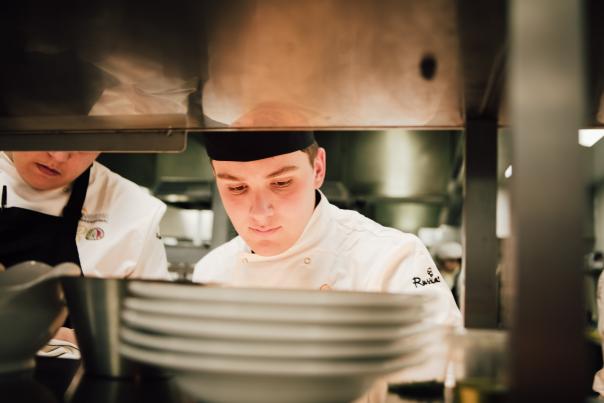
Based on analysis of salaries paid to candidates registering for work at hospitality recruiter The Change Group over the past two years, the gap has narrowed from 9.7% (or £2,712) in 2017.
In London, salaries for female chefs and kitchen employees working back of house increased by an average of 24.4% in 2018, or £6,136 in real terms, over 2017. Meanwhile, back of house salaries for male employees increased by 13.3%, or £3,859, helping to reduce the pay gap.
“The past year has seen strong growth in the number of women applying to work in hospitality, in their salaries as well as in their access to senior positions,” said Jim O’Brien, director for The Change Group.
“Our data indicates a gender pay gap among London’s luxury and fine dining establishments of less than 6%, which is below the national average for the sector. Women represent a huge talent opportunity for the hospitality sector. We are seeing more and more companies tailor-make job opportunities to appeal to and attract further women, especially to work as chefs. The data demonstrates the successful efforts that top hospitality employers are making to smash the glass ceiling for female employees.”
Front of house salaries for female waiting staff and managers rose by 3.4% or £983. Meanwhile, average front of house salaries for male workers decreased by 7.1%, or £2,343.
The number of women applying to work in London’s top kitchens grew by 16.7%, while the number of male applicants declined by 14.4%. However, men still dominate London’s luxury hospitality establishments, representing more than four out of every five employees (82.4%) working back of house.
In 2018, more than half (53.3%) of all applicants looking to work front of house were women, and the number of women candidates rose by almost half (45.4%) while the number of male employees seeking work declined by 12.6%.